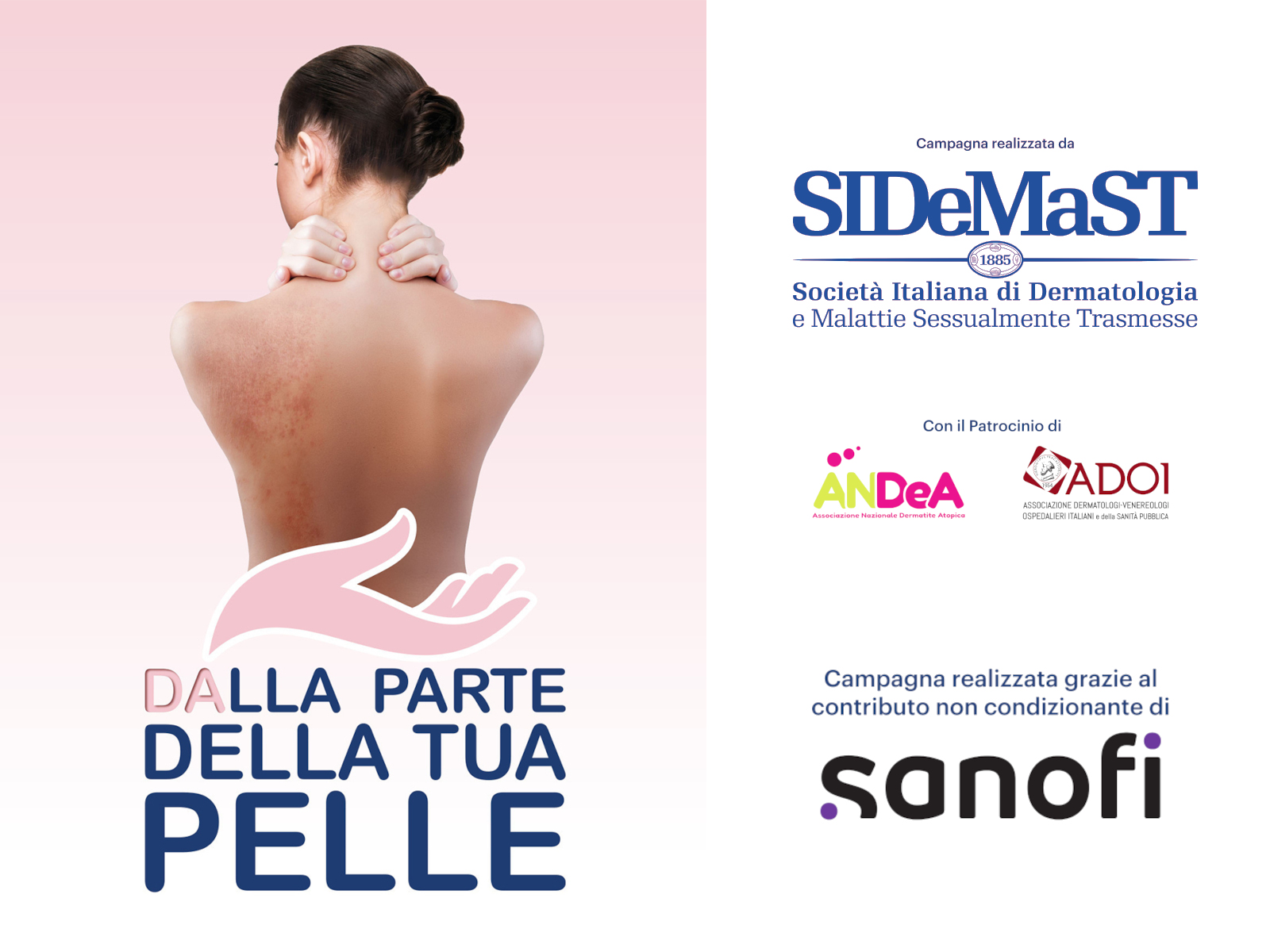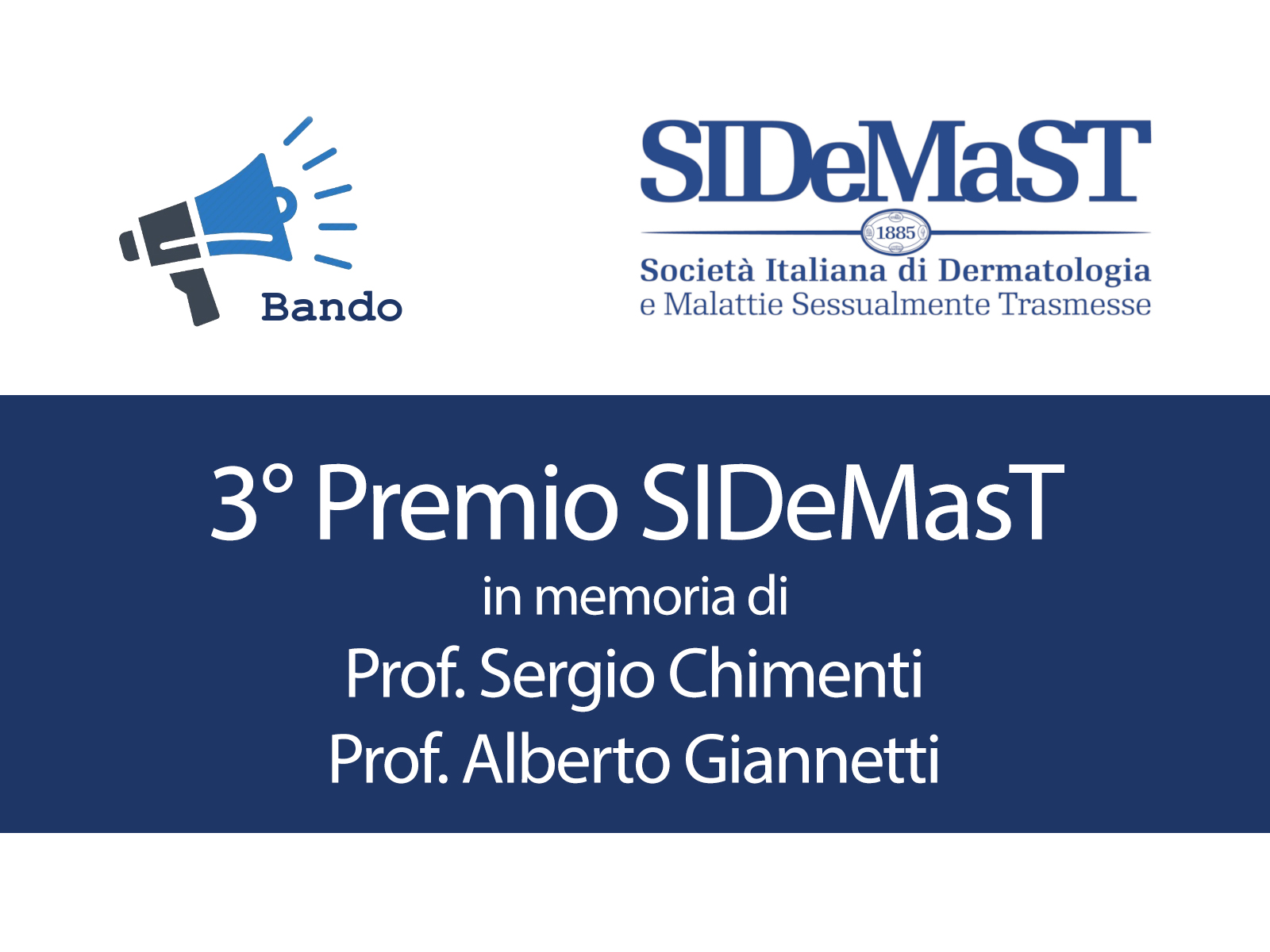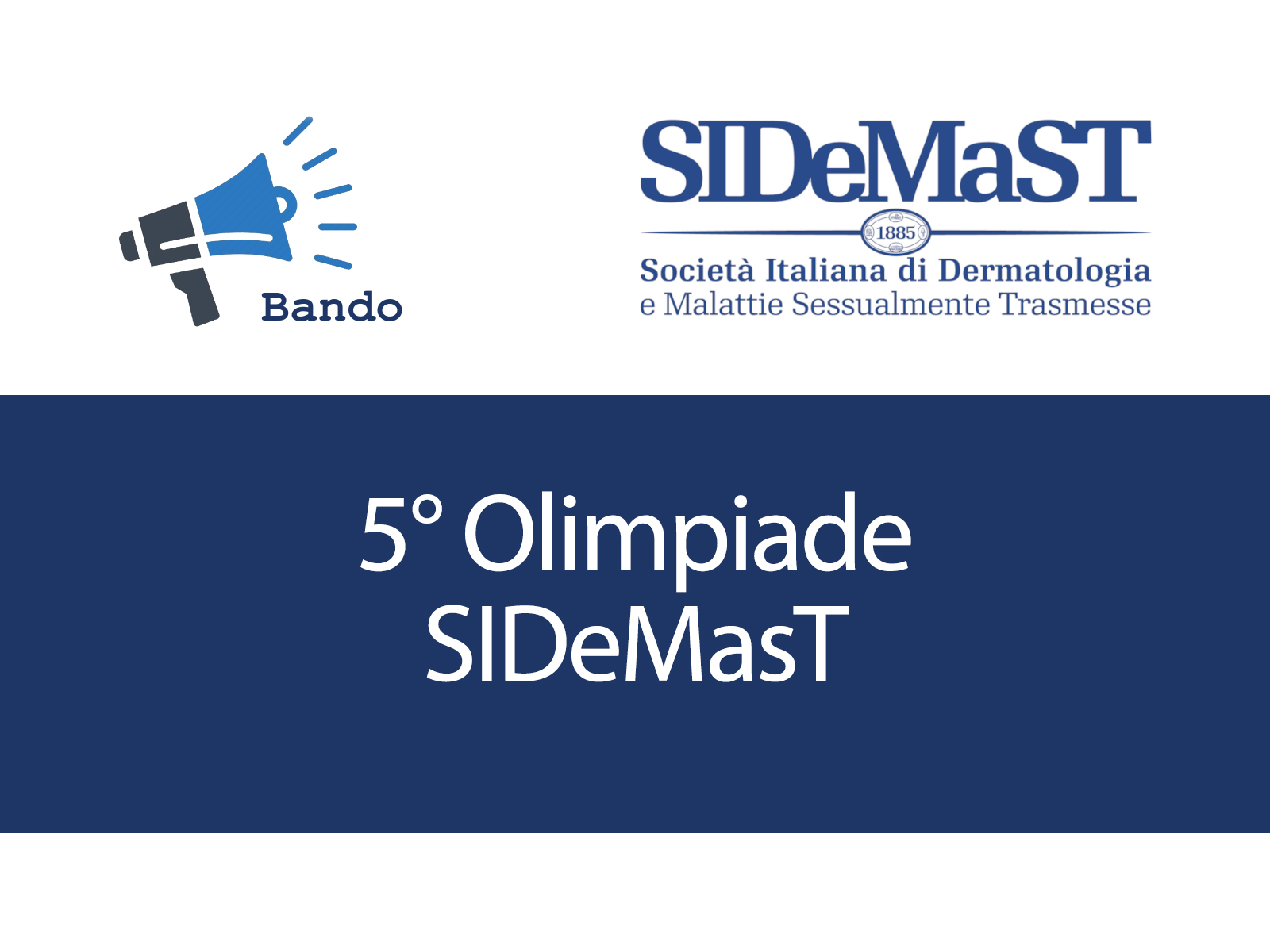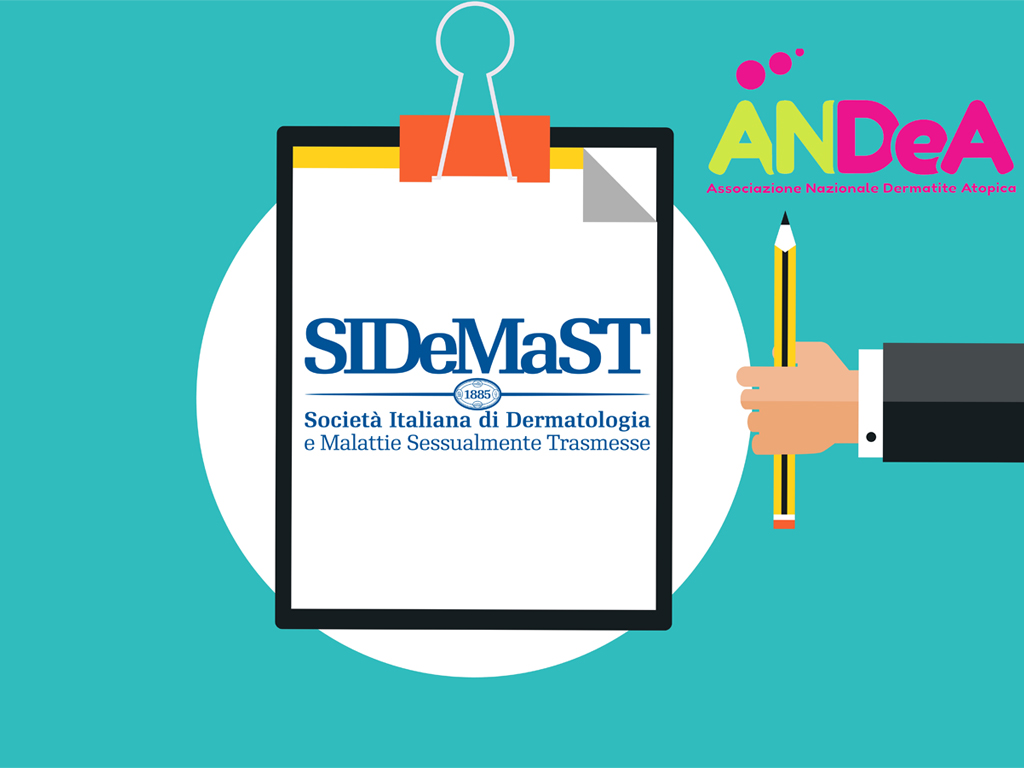Topically applied crisaborole ointment was more effective than placebo vehicle for the treatment of mild-to-moderate atopic dermatitis across racial and ethnic groups, with more patients achieving "clear" or "almost clear" status, according to results of a post hoc analysis of 2 identical phase 3 trials presented at the 26th European Academy of Dermatology and Venereology (EADV) Congress.
A greater proportion of patients receiving crisaborole than vehicle had success in Investigator's Static Global Assessment (ISGA) and demonstrated >=2-grade improvement from baseline at day 29. (The ISGA is a 5-point scale ranging from 0 [clear] to 4 [severe])
With crisaborole versus vehicle, 20.6% versus 14.2% of Asian subjects, 32.1% versus 24.6% of black subjects, 33.5% versus 22.3% of white subjects, 29.1% versus 13.2% of other subjects, 35.4% versus 18.2% of Hispanic/Latino subjects, and 32.3% versus 22.8% of non-Hispanic/Latino subjects achieved ISGA.
"There are racial differences in the prevalence of atopic dermatitis that make it important to evaluate the response according to these patient populations. Atopic dermatitis is more prevalent in patients who are black, Asian, multiple races, or of Hispanic descent," explained lead author Valerie Callender MD, Howard University College of Medicine, Washington DC, speaking here on September 16. "Black and Asian people are more likely to seek treatment for atopic dermatitis, making these patient populations important to assess in clinical trials."
Dr. Callender and colleagues conducted this analysis to evaluate the efficacy and safety of crisaborole 2% according to race and ethnicity using pooled data from 1,522 subjects in 2 phase 3 trials. Both trials randomised patients with mild-to-moderate atopic dermatitis 2:1 to crisaborole twice daily for 28 days or vehicle.
In these trials 32.1% of overall participants receiving crisaborole versus 21.8% of subjects on vehicle (P < .001) achieved the primary endpoint, defined as success in ISGA. The secondary endpoint, global disease severity of "clear" or "almost clear" was also met by 50.1% of patients on crisaborole versus 35.2% of patients on vehicle (P < .001), and a low incidence of treatment-related adverse events (TRAEs) was demonstrated.
This analysis compared the efficacy of crisaborole 2%, to vehicle according to race, including Asian (Asian, native Hawaiian, other Pacific Islanders), black/African American, white and other (including American Indian, Alaskan native, other), and ethnicity including Hispanic/Latino or not Hispanic/Latino.
At day 29, the results were similar to those of the primary endpoint, with more crisaborole-treated than vehicle-treated patients for all analysed groups achieving the secondary endpoint of ISGA "clear" or "almost clear." The response for crisaborole versus vehicle ranged from 33.8% versus 28.5% in Asian subjects to 56.7% versus 32.0% in Hispanic/Latino subjects.
The incidence of mild-to moderate TRAEs across groups was 5.1% with crisaborole versus 5.7% with vehicle in Asian subjects, 6.7% versus 2.2% in black subjects, 7.2% versus 6.3% in white subjects, 16.4% versus 4.0% in other subjects, 8.5% versus 8.1% in Hispanic/Latino subjects, and 7.1% versus 4.3% in non-Hispanic/Latino subjects with the respective treatments. The most frequently reported TRAEs among all race and ethnic groups was application-site pain or burning.
"Our study demonstrates that the use of crisaborole improved global disease severity in patients with mild to moderate atopic dermatitis regardless of race or ethnicity, with a low frequency
of treatment-related TEAEs," said Dr. Calendar.
Funding for this trial was supported by Pfizer, New York, New York.
[Presentation title: Efficacy and Safety of Crisaborole Ointment, 2%, for Treatment of Mild to Moderate Atopic Dermatitis Across Racial and Ethnic Groups. Abstract #: P0270]






